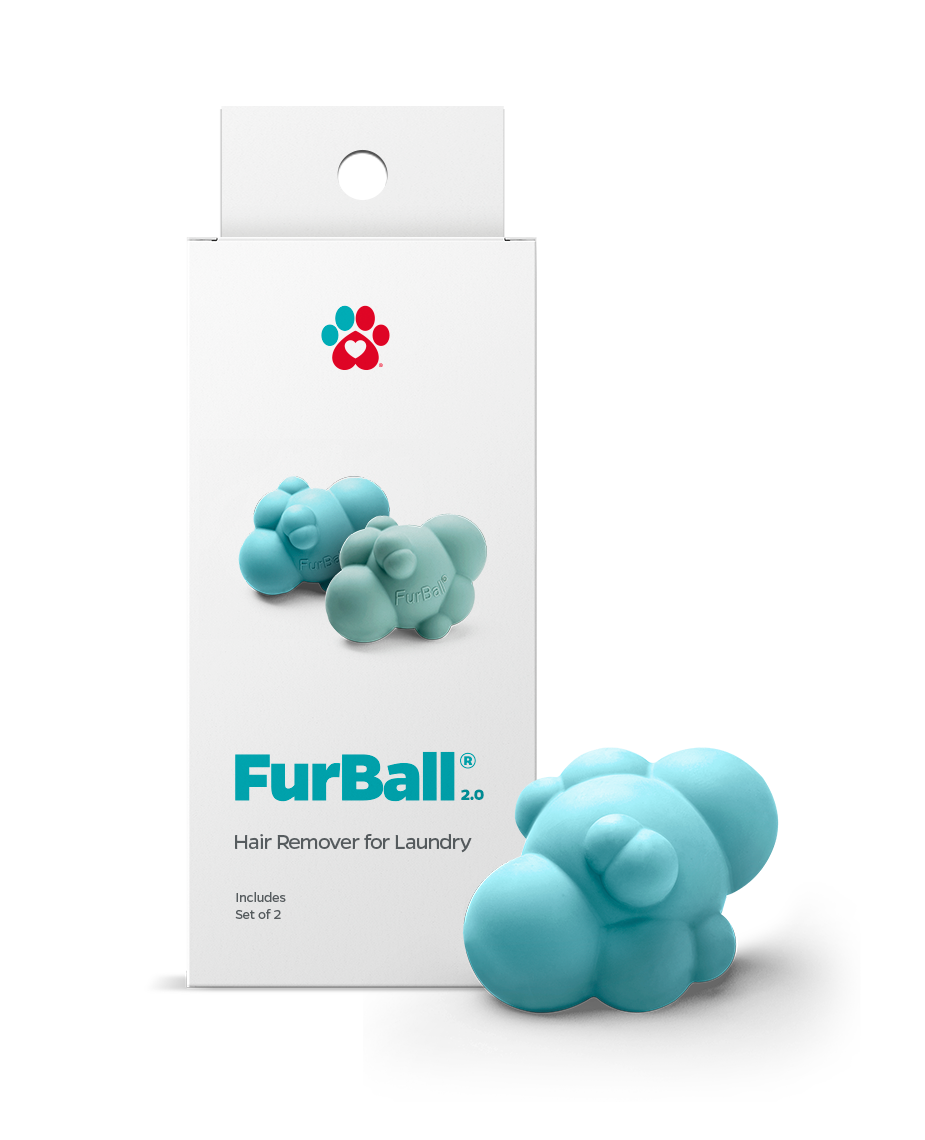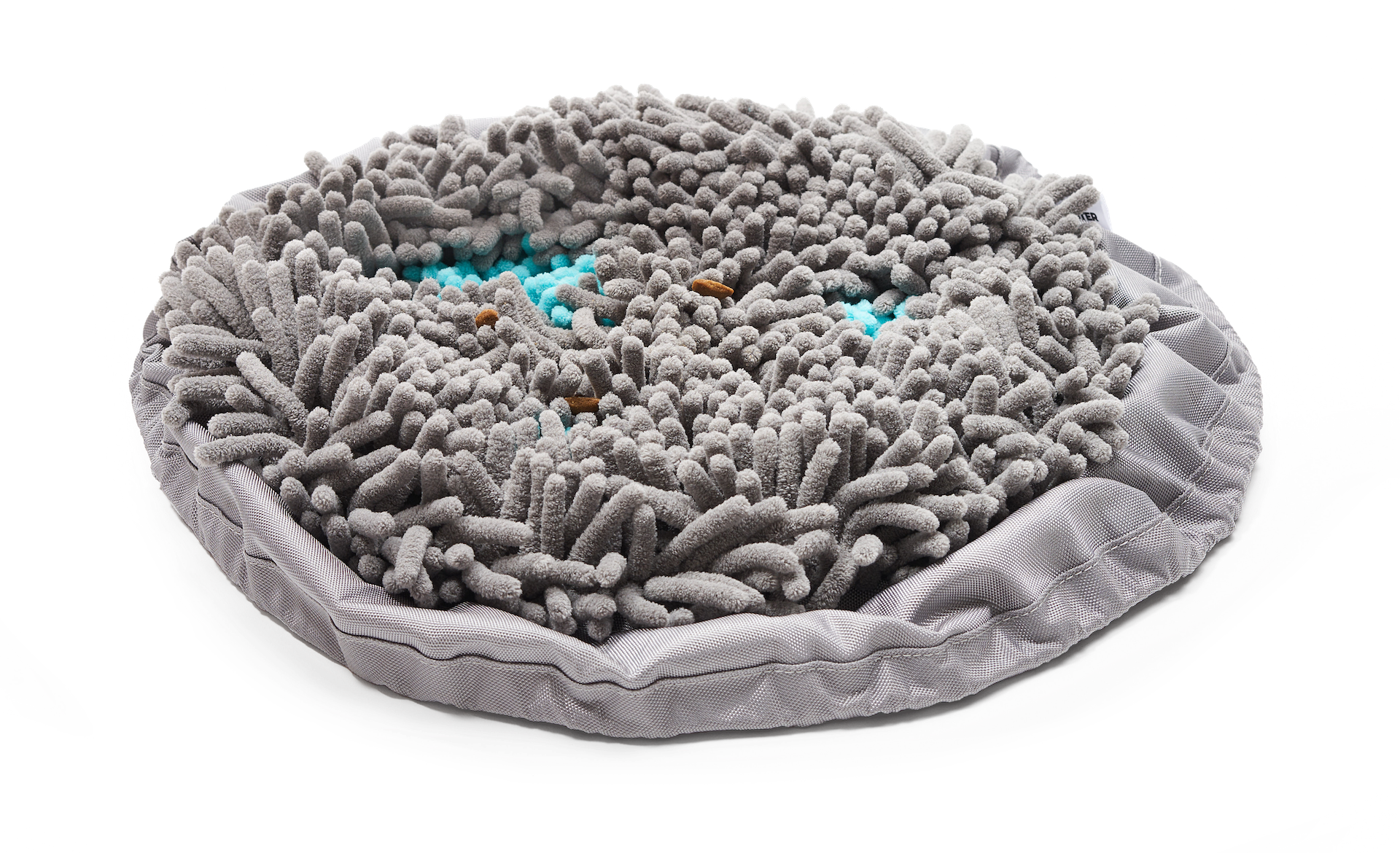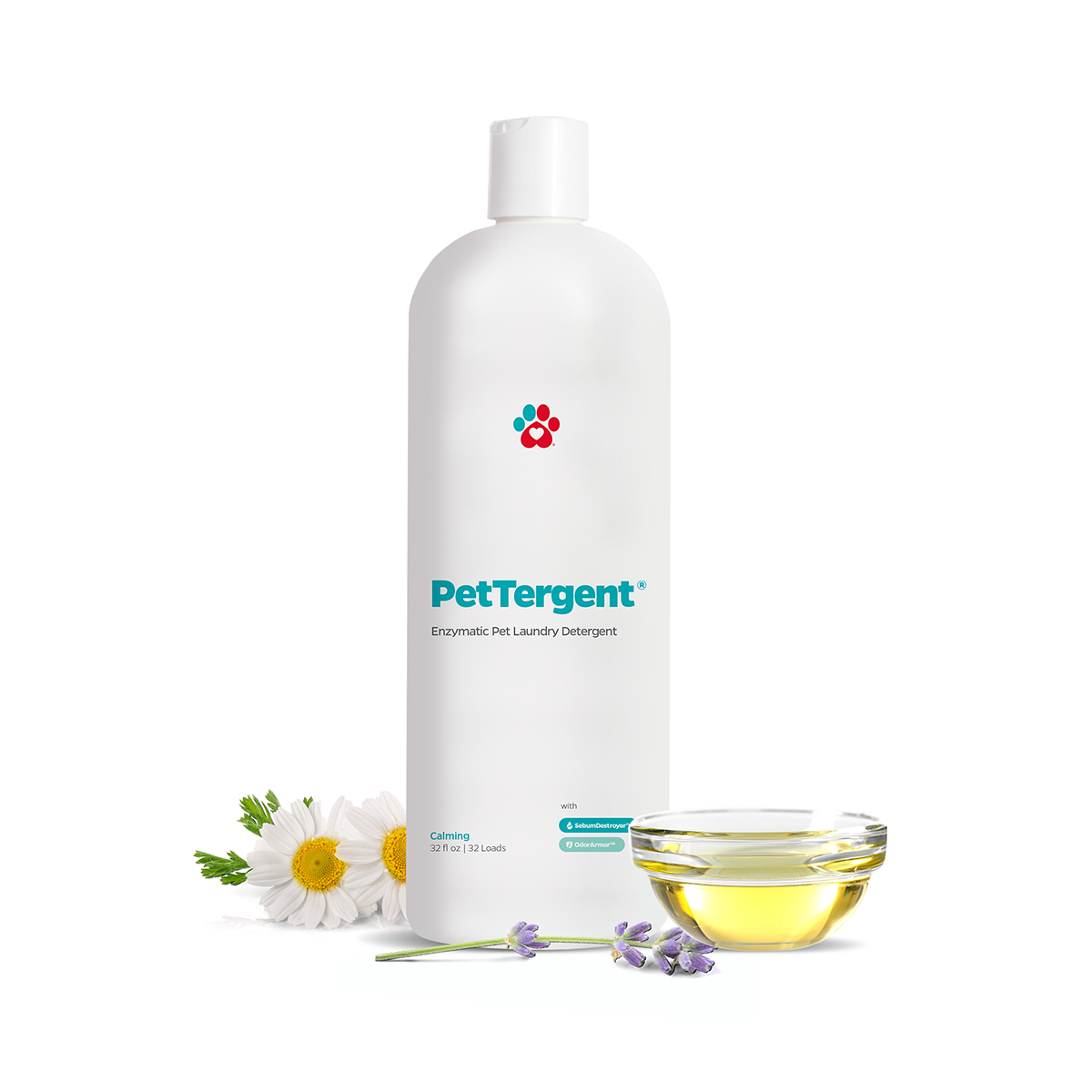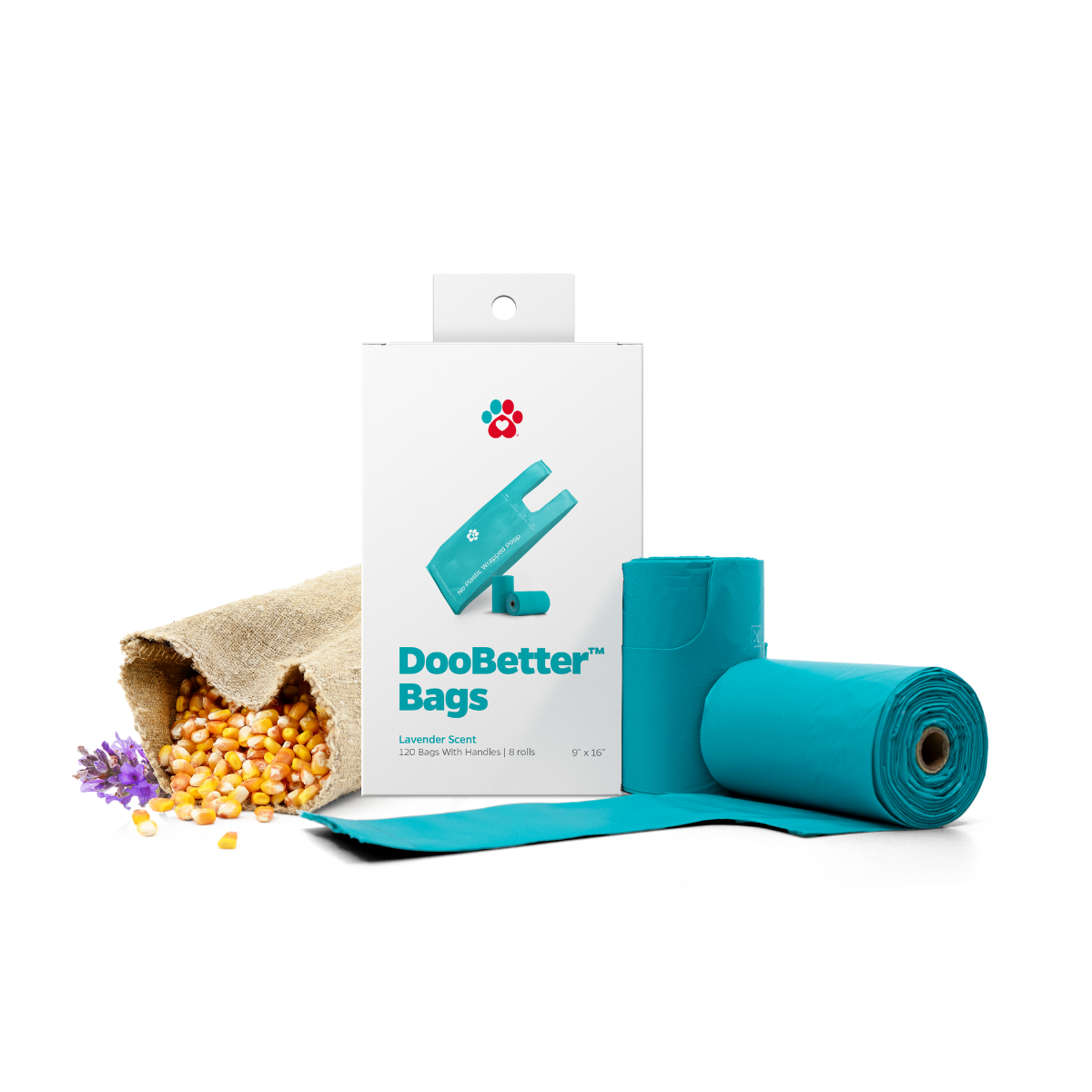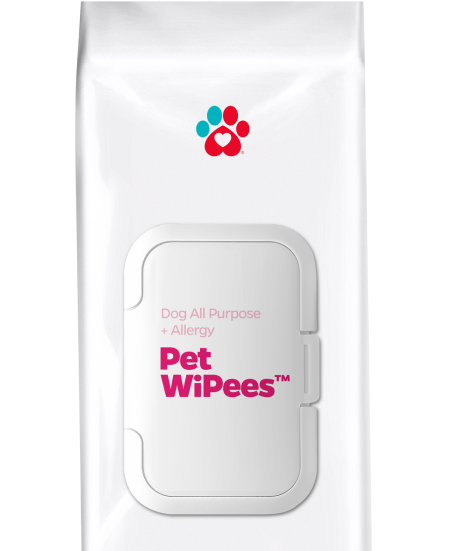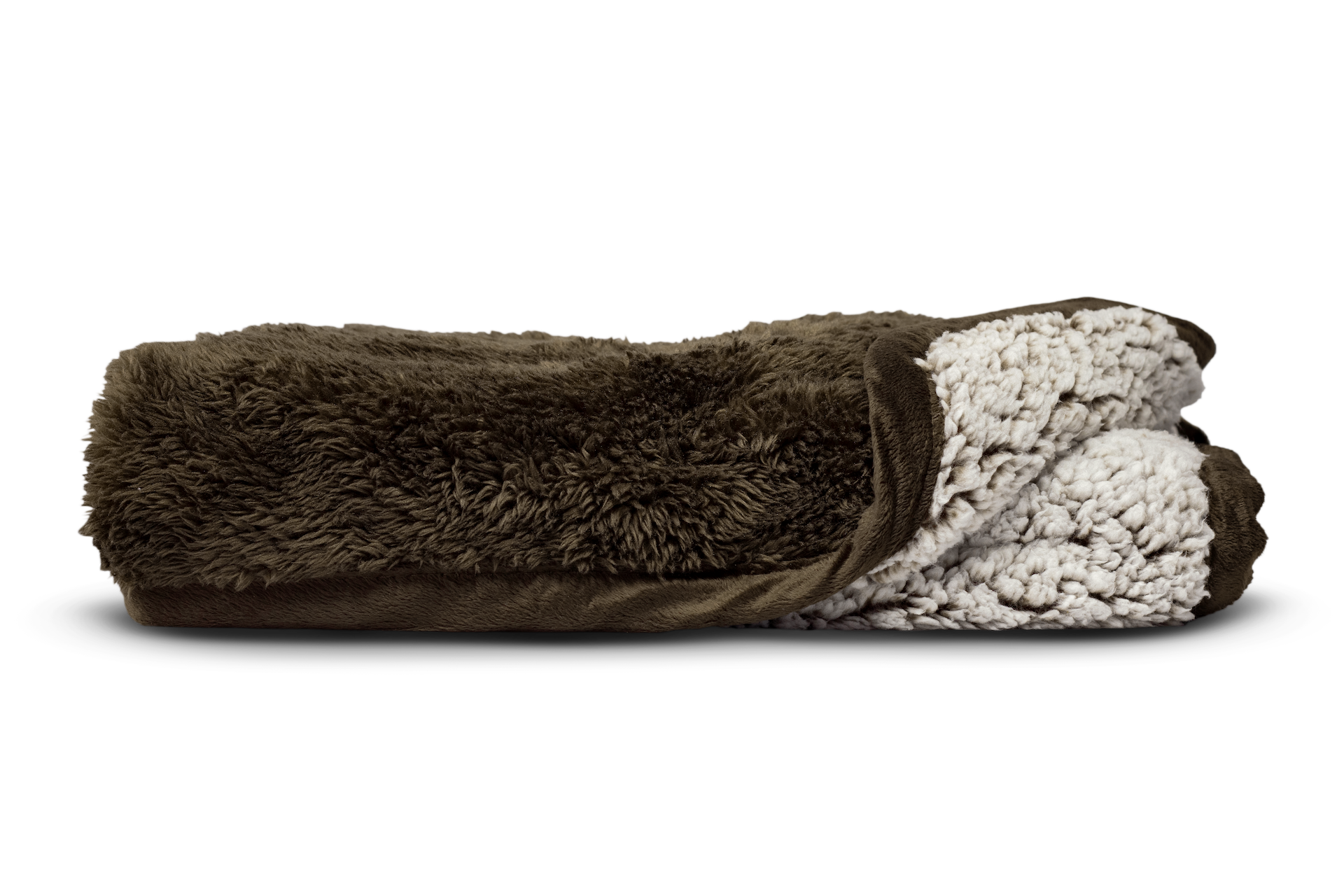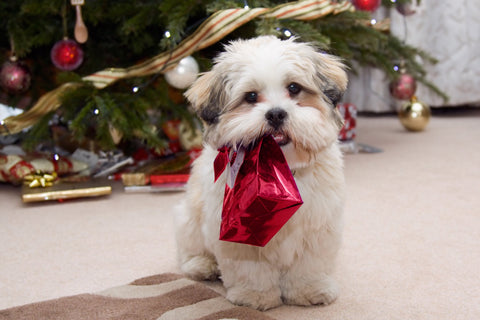"Poor nutrition in dogs is one of the most common reasons why your pup is shedding."
Do puppies shed? Yes! Shedding in puppies can seem troublesome for pet parents. Since puppyhood is not forever, that soft puppy coat will eventually be outgrown through shedding. Shedding of puppy coat is a normal part of your pup’s development, but it can be alarming for some, especially if they seem to be shedding excessively. So, if you are asking, “why is my dog shedding so much,” keep reading!
In this article, we’ll talk about the different reasons why puppies shed, how you can manage it, what you can do to avoid fur at home, and what to do about excessive shedding in dogs.
Shedding in Puppies
Puppies are born with a soft, single coat that enables them to regulate body temperature properly, preventing them from developing hypothermia or heat exhaustion. When your pup grows up, their soft, single coat is replaced by the adult coat that’s generally described to be stiffer and thicker. But growth is not the only cause why your pup may be shedding, there are other factors to consider, too.

Reasons Why Puppies Shed
Why is my dog shedding so much? Do puppies shed at specific times? Shedding in puppies can be caused by a variety of reasons. Let’s take a look at some of the most common reasons why shedding in puppies occurs. But first, let’s look at the different types of dog coats your furbaby might have.
Breed and Type of Dog Coat
All dogs have different types of coats. Here are some common types of coats:
- Smooth Coat: short and close to the body, has little to no texture ( like the Great Dane, Boston Terrier, American Staffordshire Terrier)
- Short Coat: close to the body, the texture is harsh, continuously growing (like the Bullmastiff, Rottweiler, Pug)
- Combination Coat: a combination of long, silky coat on the undercarriage, rear sides of legs, tail and short, smooth coat around the face, the front side of legs, and body (Belgian Sheepdog, Cocker Spaniel)
- Double Coat: double coated dogs have straight and short to moderate, long (Siberian Husky, Alaskan Malamute, Akita, Bernese Mountain Dogs, Golden Retriever)
- Wire Coat: a short, coarse coat that feels bristly to the touch (Airedale Terrier, Irish Wolfhound, Jack Russell Terrier, Schnauzer)
- Curly Coat: generally low-shedding with a distinct, curly appearance (Poodle, Bichon Frise, Portuguese Water Dog, Curly Coated Retriever)
As your pup grows, double coated dogs develop 2 layers of adult coat. While the ones who have single coats, develop their own distinctive coats. Some adult dogs retain their puppy coat’s appearance, while some develop different coat patterns and colors. It might be easier to see the transition to an adult coat with long hair dogs as the length will begin to grow.
Season
Shedding in puppies may also depend on the season. Some pups shed seasonally. In general, according to Purina, dogs usually shed during fall and spring. During fall, just before winter comes, your pup’s coat will have a higher shedding rate. During spring, your pup’s coat will become lighter as their way of preparing for the warm summer days. Dog’s coats will naturally prepare them for warmer and colder weather. That is why it is not recommended to shave double coated dogs.
Nutrition
Poor nutrition in dogs is one of the most common reasons why your pup is shedding. Even though what you’re feeding your pup meets the quality requirements, it may not contain enough nutrients and vitamins to meet your furbaby's daily needs. This can also be a cause of above average or excessive shedding in dogs.
It’s very important you make sure you are able to provide your dog with a healthy, balanced diet and supplements for additional nutrition. Supplements, like Pet Parents® Multivitamins SoftSupps®, provide your pup with powerful daily health support from branded ‘Super Ingredients’. There are also Pet Parents® Skin & Coat SoftSupps® that promote and nourish skin & coat health with the help of Epax® (a world leader in Omega-3), Wild Alaskan Salmon Oil, and Biotin.
Wrong Pet Products
Using inappropriate pet products on your pup can also cause excessive shedding in dogs. You may be using soaps and shampoo that are too strong for your pup or human products on them. See to it that you only use mild, puppy-appropriate products for your furbaby. Human products can cause irritation, itching, and sensitivity. Be sure to only use a quality dog-safe shampoo for your puppy.
Skin Parasites
Skin parasites are also one of the most common causes of shedding in puppies. Your pup may have ticks, fleas, and mange mites on them. The bites of these blood-sucking invaders cause an allergic reaction, resulting in itchiness, inflammation of the skin, and other skin infections.
It’s important that you come up with skin parasite prevention methods for your pup and your home to prevent further shedding and other skin & life-threatening problems to develop.
Stress
Stress affects pets in a lot of ways and shedding is just one of them. Pups are easily affected by stress—changes in their daily routine, guests at home, new pets, new places, being left alone, vet visits, loud noises, and so much more. All these can cause shedding.
To help your pup cope up with stress, identify the things and situations that make them feel anxious then slowly eliminate them. If this does not solve your pup’s shedding problem, talk to your vet about it so they can perform further tests and exams on your pup.
Underlying Diseases
After your vet performs various tests on your furbaby, they may diagnose your pup with an underlying illness that’s causing the shedding. These can range from hormonal imbalances, bacterial & fungal infections, skin diseases, to thyroid diseases. According to the American Kennel Club, sometimes underlying endocrine disorders such as hypothyroidism can be the reason for shedding. If you believe your puppy’s shedding is out of the ordinary, contact your veterinarian for a professional opinion.
Grooming Your Dog
If your dog is shedding, one of the most effective dog shedding solutions to help manage hair is through proper brushing. Choosing the right brush for your furbaby plays an important role in the grooming process.
If your pup is a short hair dog:
- Loosen the dead fur and set it free with a brush made with natural bristle. A pet grooming glove may do the trick also.
- Brush the fur in the opposite direction of its growth to be able to successfully pull the dead ones out. Repeat this process until all the dead hair is removed.
If your pup is a long hair dog:
- Purchase a slicker brush that is able to reach your furbaby’s undercoat and pull the dead fur out.
- Brush over the coat in both directions, until less fur is being pulled. Be sure not to press too hard as you are brushing so that the wire of the brush does not irritate your dog.
- Be careful to carefully brush out any tangles in your long hair dogs hair so that they are not pulled as you brush the coat. You may want to use a comb to do this.
Always make brushing your pup’s fur a habit since removing dead fur is one of the most effective methods against shedding. Brushing acts as a dog hair remover and dog shedding solution before the fur even hits the ground.
Dog Hair Around the Home
Dog hair can get on just about everything, from floors to blankets, clothes to furniture. Here are some of the best ways you may keep dog hair at bay in your house:
- Groom your dog’s skin and coat. Groom properly and provide them with the right nutrition as this will help lessen dog hair around your home.
- Vacuum every day. Pet vacuums are readily available in the market. However, if ever you do not have the time to vacuum, you may opt to use a rubber brush over your carpets and furniture as its brittles attract pet hair.
- Clean bedding. Since dog hair is likely to stick to comforters, sheets, and beddings, you will want to launder and change your beddings at least once a week to keep pet fur at bay.
- Sweep and dust. Sweeping and dusting floors and furniture will prevent pet hair build-up and mess in your house.
- Set off-limit areas. Your furbaby’s fur can be everywhere, so if you need to keep a piece of furniture or particular room free from dog hair, it is best to keep that space off-limits for you dog.
- Use Pet Parents® FurBall®. Dog hair around the home can definitely dog hair on your clothes and in your washer. That's why it is important to have a pet hair remover like FurBall®. FurBall® easily removes fur, hair, and debris from your laundry! Just toss a FurBall® (or two) into your next load of laundry for hands-free fur removal.
Our FurBall® is uniquely shaped to remove fur, prevent wrinkles and static, and soften laundry by creating a light scrubbing effect in the washer and a gentle beating effect in the dryer acting as a dog hair remover. Our proprietary natural rubber material, RSX™, balances the static charge in the dryer and allows for the removal of fur and other unwanted debris from your laundry. Coming in a pack of two, our FurBall®, will help make your laundry fur-free!

Do puppies shed? Yes. However, if you see excessive shedding in dogs or if there are bald spots that go with it, consult your vet as soon as possible. Your pup may have some serious things going on. In the case of normal shedding, use grooming as a preventative dog shedding solution and a dog hair remover in your laundry. A dog hair remover can work wonders around your home to get shed fur. While long hair dogs might have more noticeable fur being shed, remember that it is natural for short hair dogs.
